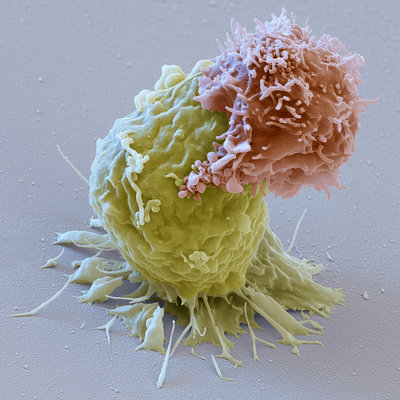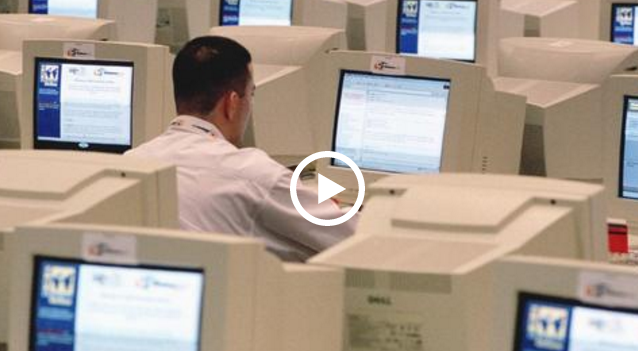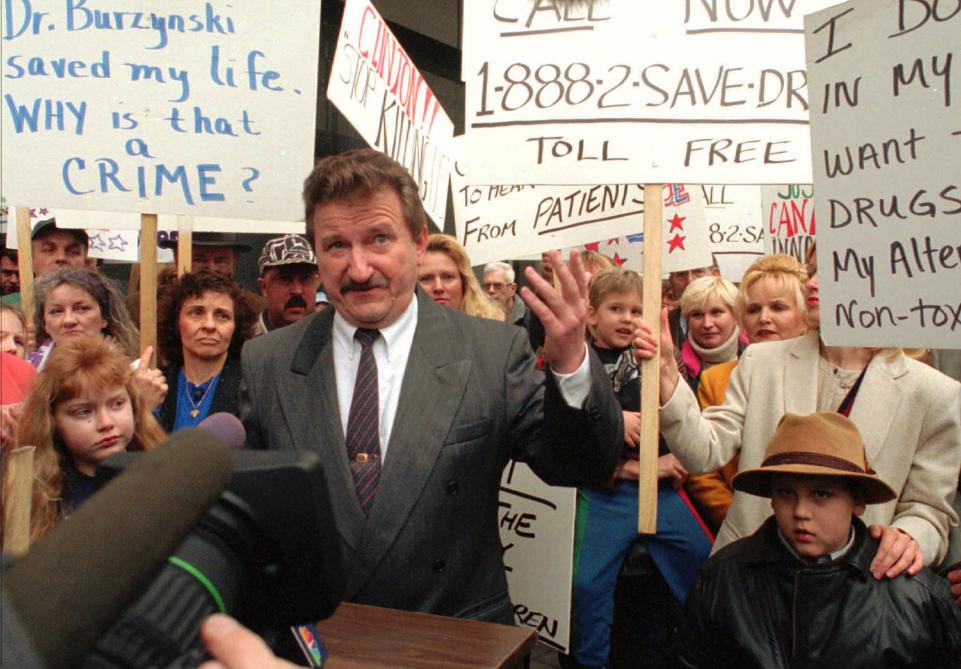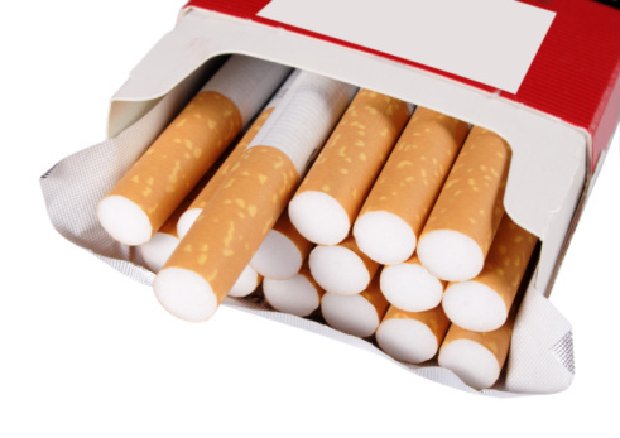LOS ANGELES — Nine days after Nikolas Michaud’s latest heroin relapse, the skinny 27-year-old sat on a roof deck at a new drug rehabilitation clinic here. He picked up a bong, filled it with a pinch of marijuana, lit the leaves and inhaled.
All this took place in plain view of the clinic’s director.
“The rules here are a little lax,” Mr. Michaud said.
In almost any other rehab setting in the country, smoking pot would be a major infraction and a likely cause for being booted out. But here at High Sobriety — the clinic with a name that sounds like the title of a Cheech and Chong comeback movie — it is not just permitted, but part of the treatment.
The new clinic is experimenting with a concept made possible by the growing legalization of marijuana: that pot, rather than being a gateway into drugs, could be a gateway out.
A small but growing number of pain doctors and addiction specialists are overseeing the use of marijuana as a substitute for more potent and dangerous drugs. Dr. Mark Wallace, chairman of the division of pain medicine in the department of anesthesia at the University of California, San Diego, said over the last five years he has used marijuana to help several hundred patients transition off opiates.
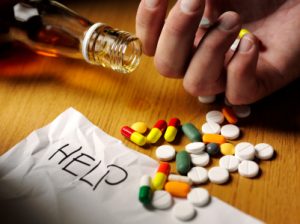
“The majority of patients continue to use it,” he said of marijuana. But he added that they tell him of the opiates: “I feel like I was a slave to that drug. I feel like I have my life back.”
Dr. Wallace is quick to note that his evidence is anecdotal and more study is needed. Research in rats, he said, supports the idea that the use of cannabinoids can induce withdrawal from heavier substances. But in humans?
A report published in January from the National Academy of Sciences on the health effects of cannabis “found no evidence to support or refute the conclusion that cannabinoids are an effective treatment for achieving abstinence in the use of addictive substances,” said Dr. Marie McCormick, a Harvard professor who was the chairwoman of the report committee.
The group’s research did find strong evidence to support that cannabis or related compounds can be used to treat chronic pain in adults. But that is different from using it safely and effectively to wean people off drugs, and some experts in the addiction field are highly skeptical.
“The concept on its face is absurd,” said Dr. Mark Willenbring, a psychiatrist who treats addicts and formerly oversaw research at the National Institute for Alcohol Abuse and Alcoholism. He said that alternative approaches are needed to traditional drug treatment, but not this.
“I’m not prone to making exaggerated or unqualified statements and in this case I don’t need to make any: It doesn’t work,” he said. “Like trying to cure alcoholism with Valium.”
The idea stems not only from the legalization of marijuana in several states, including California, but also from a broader reckoning taking place in the traditional addiction treatment business: Substance-abuse treatment often fails, costing families, the government or insurers tens of thousands of dollars per therapy. Many patients quit partway through treatment, or relapse time and again.
These failings have become more apparent owing to a handful of developments: a growing death toll from opiates and an increase in the death rate of young white adults caused by drug overdoses. There also is a growing conversation about whether some update is needed to the bedrock 12-step program: It demands total abstinence but many people fail and ultimately die.












